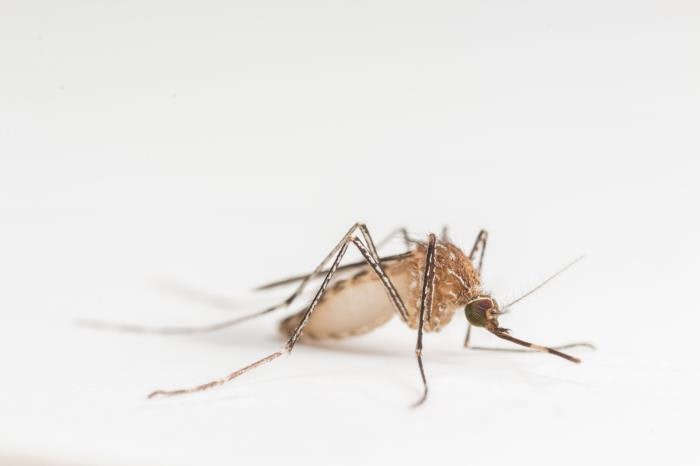Saint Louis Encephalitis
Saint Louis Encephalitis is a virus, related to West Nile virus, transmitted by the bite of an infected mosquito. Culex tarsalis and to a lesser extent Culex pipiens are the mosquito species responsible for transmitting St. Louis Encephalitis.

St. Louis Encephalitis is similar to West Nile virus in that it is primarily a bird-mosquito disease. A mosquito will bite a bird infected with St. Louis Encephalitis and become infected. While looking for another blood meal, an infected mosquito can infect an uninfected bird or human.
St. Louis Encephalitis is seasonal; it is more likely to occur in the late summer to early fall. St. Louis Encephalitis is sometimes detected in Southern California but has not been found in San Mateo County recently. To see where Western Equine Encephalitis has been detected since 2003, visit HERE. To learn more about human cases detected in the US, visit HERE.
Signs and symptoms of St. Louis Encephalitis are:
- No Symptoms: Most of those infected with St. Louis Encephalitis will have no symptoms or signs and never feel sick
- Mild Symptoms: Most of those who do have symptoms or signs will have a fever and headaches
- Severe Symptoms: Few of those infected have the severe symptoms such as high fever, severe headaches, coma, tremors, convulsions, paralysis, and possible death
Reduce your risk of mosquito bites and all mosquito-transmitted diseases by using an EPA-registered insect repellent to protect yourself from bites.
Page last reviewed: December 28, 2023
